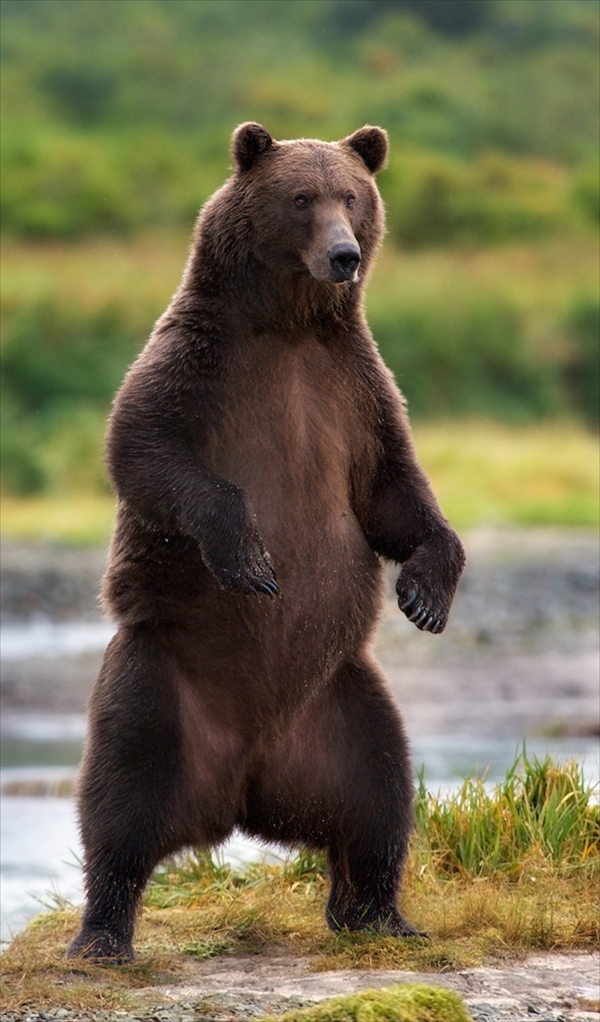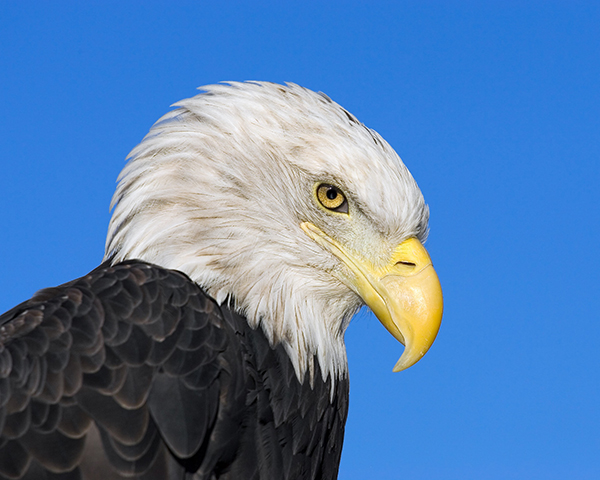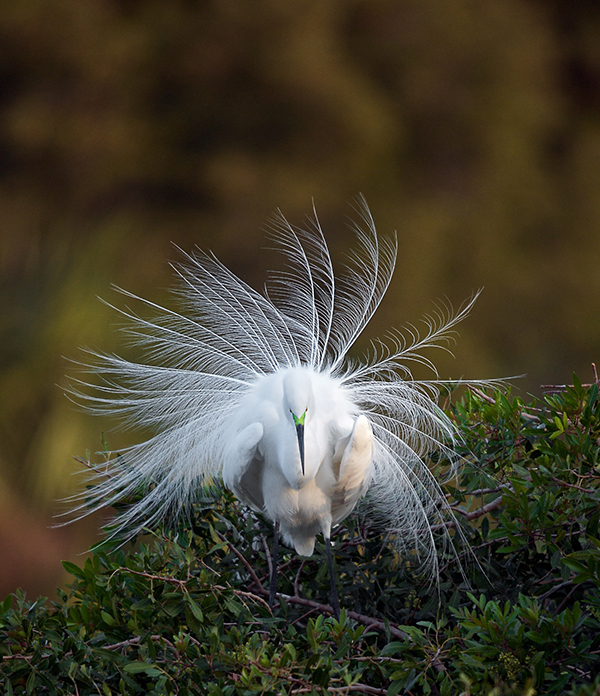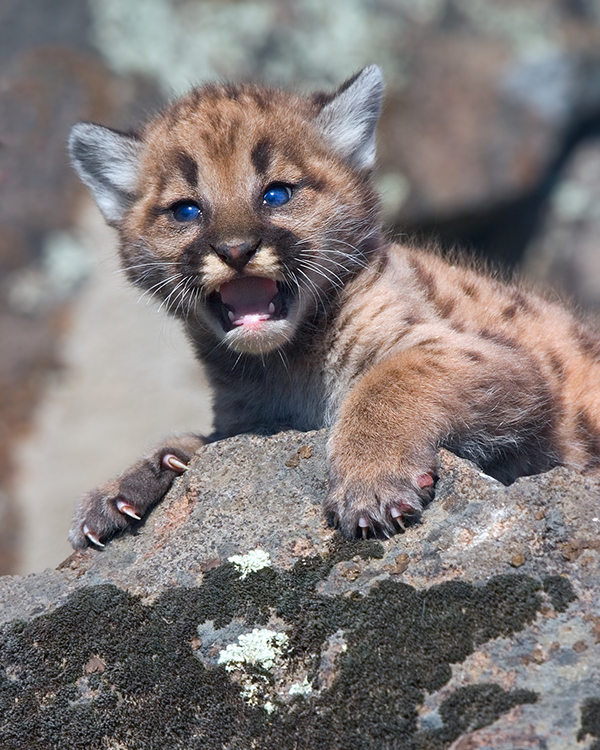The Secret To Great Wildlife Images: Great Backgrounds
There’s plenty to talk about when you’re talking wildlife photography, but one thing that’s often overlooked is the importance of a clean background when making wildlife images.
A key to improving your wildlife photography is your ability to control the background. Besides a good subject and great light, the background is the single most important factor. Backgrounds are the white space that help our eyes see the subject more clearly. If you have a cluttered background, the viewer may not immediately determine the subject of your photograph.

There are two ways to control the background using the camera: focal length and aperture. The longer the lens, the more control you have over your background. This is simply because longer lenses have a narrower angle of view, so they see a smaller area. With a longer lens, there’s less background area. The other way to control the background using the camera is by controlling the aperture. Larger apertures like f/2.8 and f/4 render shallower depth of field, so the background is simply out of focus.
But there’s only so much you can do in the camera. As a photographer, you need to recognize what conditions make a good background. Backgrounds can be calm or distracting, peaceful or hectic, simple or busy. If you want to make great wildlife photographs, strive for calm, peaceful, and simple backgrounds. The irony here is that a good background is one that your viewer doesn’t even notice.

Look for backgrounds that don’t have distracting elements. Be on the lookout for splotchy backgrounds where the light is uneven. Watch for hotspots, since these attract the eye first and usually distract the viewer from the real subject of the photograph.
One of the best ways to capture a smooth background is to find one that’s relatively far away from your subject. Trees or mountains in the distance make great backgrounds. If the background is too close to the subject, you risk including too much background detail, even if you’re shooting at your widest aperture setting.

Wildlife pros like to find an area with good background potential and wait for the subject to move into it. Of course, you can’t always control the background and you can almost never count on an animal cooperating. This is where your feet come in very handy. If your shot includes a busy or distracting background, move. Try moving left or right. Try changing your angle. Get higher or lower. If necessary, use a longer lens to narrow the angle of view. You’ll be surprised at how a slight change in your position can make a big difference.

Find backgrounds that draw attention to the subject and that simplify the image. Make sure the viewer knows what was important to you in the photograph by selecting a background that doesn’t compete with the subject. Remember the KISS rule: Keep It Simple, Stupid. The simpler the background, the more interesting the subject.
Here’s a last little tip for those of you having trouble controlling the backgrounds in your photos. To better tune in to backgrounds, try learning close-up photography. Backgrounds are even more critical in close-ups. If you can master backgrounds with close-ups, backgrounds with wildlife will become second nature. Once you can control your background without thinking about it, you can concentrate more fully on your subject.

ALL IMAGES BY SCOTT BOURNE

